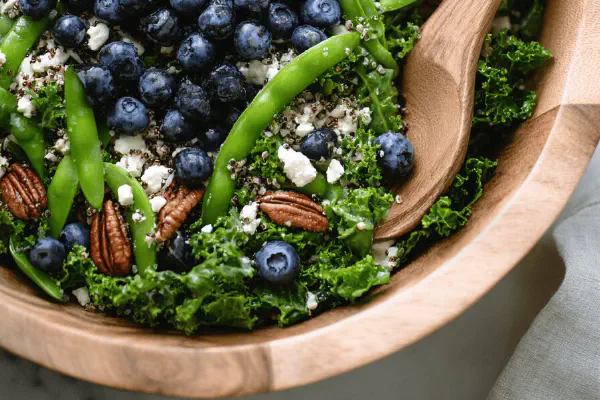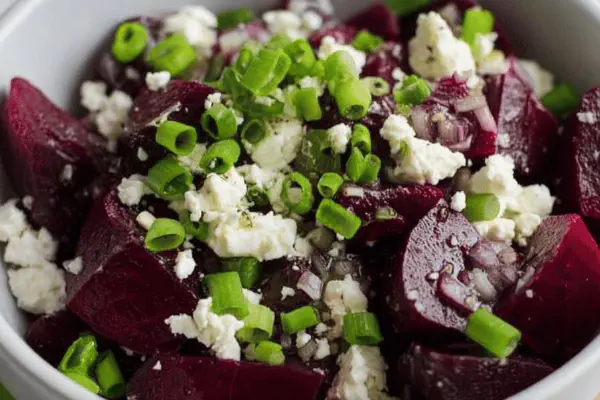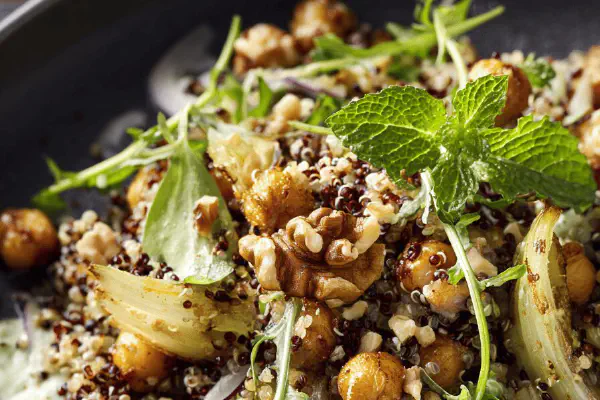Winter Tomato Salad Remix

By Emma
Certified Culinary Professional
Ingredients
- 2 pounds winter tomatoes rough chopped
- 1/4 cup red onion thinly sliced
- 1/3 cup fresh tarragon finely chopped
- 2 cloves garlic minced
- 1/3 cup good olive oil
- 2 tablespoons red wine vinegar
- 1 teaspoon sea salt
- 1/2 teaspoon freshly ground black pepper
- 1/4 teaspoon crushed red pepper flakes optional
- 1 teaspoon honey or maple syrup to balance acidity
About the ingredients
Method
- Start with rough chopping the tomatoes; texture matters. Not too fine, not huge chunks. Let the knife hit the board and hear those juicy cracks.
- Thinly slicing red onions. Not rings. Thin slivers that soften but keep a bit of bite. Garlic minced very fine – not pasty, just fine enough to spread flavor.
- Toss tomatoes, onions, garlic, and fresh tarragon into a medium bowl. Tarragon instead of basil brings unexpected anise notes that cut the tomato sweetness in a grown-up way.
- Drizzle olive oil and red wine vinegar right over the mix. Add salt, pepper, red pepper flakes if you dare, and a hint of honey or maple syrup. The sweet balances the tang; don’t skip that part even if your tomatoes seem sweet.
- Mix with hands or fork, so juices start to release, tomatoes get bruised slightly but not puree. Texture is the key.
- Cover with plastic or reusable wrap. Refrigerate for minimum 3.5 hours, up to 72 hours. Longer soak means deeper flavor depths, but watch texture. Tomatoes get softer but not mushy if you’re gentle.
- Just before serving, drain excess liquid. Use a colander or slotted spoon. Eyes on watery pools – no one likes diluted flavor.
- Serve chilled as a side or atop toasted rustic bread for crunch contrast.
- If tomatoes are watery or bland, toss with a pinch of baking soda to reduce acidity but rinse fast before dressing. Or swap tarragon for fresh mint if you want a different brightness.
- Gasps of acidity signal too little soak time; wait longer. If herbs seem dull, add fresh just before serving for pops of green.
Cooking tips
Chef's notes
- 💡 Rough chop tomatoes first; let knife hit board feel that juice crack. Don’t go fine or mushy; texture is everything. Watch color shift deepen as they soak, hints of red darkening. Drain before serving; watery pools kill flavor punch. Use firmer tomatoes if winter ones look pale or soft, Roma or cherry types hold better structure.
- 💡 Slice red onion paper-thin; no rings here. Slivers soften but keep bite. Garlic must be minced fine to spread flavor without getting pasty or overwhelming. Tarragon replaces basil for an unexpected anise whisper; swap fresh mint if you want green brightness instead, but herbs late — save some fresh to toss just before serving.
- 💡 Use quality olive oil; cheap oil dulls the whole mix. Red wine vinegar preferred; lemon juice okay substitute but shifts brightness differently. Balance acidity with honey or maple syrup; don’t skip it or tomatoes feel sharp and one note. Toss gently mixing with hands, bruising tomatoes just enough to release juices without puree.
- 💡 Refrigerate mix covered minimum 3.5 hours, up to 72. Longer soak deepens flavor but watch texture; too long means mush. Smell the herbs—sharp then softened oils guide resting time better than clock. Drain thoroughly before serving to avoid swimming salad. Toasted rustic bread adds crunch, a textural balance that keeps salad lively.
- 💡 If tomatoes taste bland or watery, a quick pinch baking soda reduces acid but rinse fast before dressing or herbs go flat. Watch for acidity gasps; if bite too sharp, add more soaking time or a splash extra vinegar if too flat. Cover tight to trap aromas, plastic wrap or silicone lids help emulsify oil and acid.
Common questions
Can I use fresh basil instead of tarragon?
Basil’s safe but boring, tarragon adds that anise note that cuts sweet. Mint’s also good alternative. Add fresh herbs right before serving for brightness. Swap whole herbs if needed, but taste will shift.
How long should I soak the tomatoes?
Minimum is 3 and a half hours, up to 72 for deeper flavor. Too short means sharp acidity, too long risks mushy texture. Use color and smell cues—juices pool, deeper red, herb oils softening. Check texture midway.
What if tomatoes are too watery?
Drain thoroughly, no drowning salad. Toss with pinch baking soda to balance acid but rinse fast or flavor dulls. Choose firmer tomatoes or cherry tomatoes in winter. Longer soak helps juice escape but don’t overdo or it’s mush.
How to store leftovers?
Keep covered tightly in fridge; plastic wrap or airtight container. Lasts up to three days. Can stir gently mid-way to redistribute flavors. Avoid freezing, texture breaks badly. If dry, drizzle olive oil before serving again.



